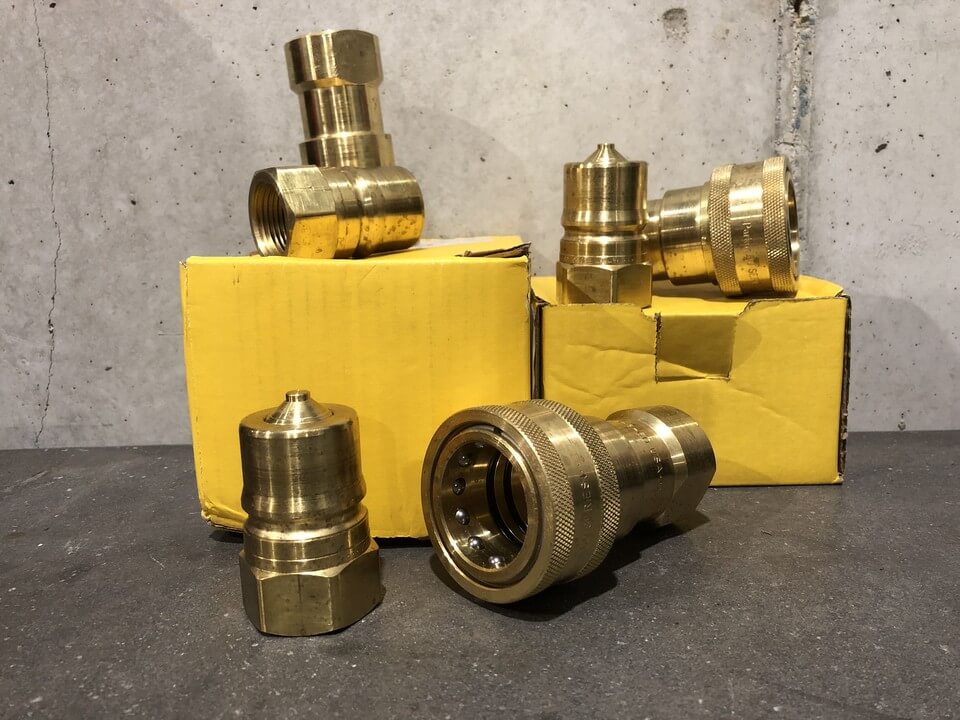How a couple hundred dollars of fittings may save you thousands of dollars a month this winter.
Posted by Matt Milos on Oct 26th 2018

The majority of my writing has focused on hydronic heat and it's benefits. I believe it is the future of temporary heating. It provides dry, even heat to keep your schedule on track. It keeps dangerous fumes outside the structure and away from your personnel. It consumes considerably less fuel than traditional methods. Even the hot glycol it uses is extremely safe. I could go on and on about this incredible system (and I have in this blog). No other system, whether direct- or indirect-fired, can hold a candle to the safety and efficiency of hydronic heat.
Except for maybe one, and, if the conditions are right, most of it may already be on your job site.

Link exchangers to a permanent boiler system for a cheap, efficient heat solution.
A permanently installed boiler system is the most common method for heating many hospitals, universities, factories, and schools. With the boom of construction in these areas it is common to make an addition to or remodel part of the existing facility. This gives contractors access to the network of pipes that carry hot water to and from the permanent boiler. But how does this help you?

With ready access to working heat. do you still need to rent a full heat system?
You may recall that, in a previous post, I noted that hydronic heat works like a boiler system.

New structure? Install the boiler system early on and you can use it for job-site heat.
Consequently, the same exchangers used for a temporary hydronic system can easily operate off a permanent system. Simply install some quick connect fittings into the water supply, linking the boiler to the exchangers spread throughout the structure. Now you have emission-free heat with no fuel cost to you, all while using less equipment! You will, of course, need to request the owner's permission, but they will likely thank you in the long run. Because most owners are still paying for the permanent system to operate, this method saves them a significant amount of money that would normally have been spent on supplementary heat equipment. With the right planning, you can also use this method on a new structure. By installing the boiler and pipes ahead of time you can use temporary exchangers during construction, building the rest of the structure and heating system around this set up.

Save thousands of dollars by renting minimal equipment and taking advantage of the structure's permanent system.
Renting exchangers only is astronomically cheaper than open-flame, indirect-fired, and even hydronic heating.
By planning ahead and taking advantage of what you already have available you can easily control your costs and ensure profitability.

